
The golden era of federal energy efficiency incentives is sputtering to an end. Many programs established in the past decade to reward home energy conservation have expired.
But there are still programs — from states, utility companies and some local governments — that you can take advantage of, if you know where to look.
And you may still be able to get the federal credit for home improvements made last year. You can still claim that credit — of 10 percent to 30 percent — on your 2016 taxes for certain projects and products in the areas of home efficiency, building envelopes, renewable-energy systems, heating, cooling and water-heating. Consumer Reports describes the eligible improvements here.
The Database of State Incentives for Renewables and Efficiency (DSIRE) is a searchable, nationwide list of incentives — some from the federal government, but many more offered at the state level or below, according to Brian Lips, director of the database.
It’s easy to use:
- Do a ZIP code search to find energy efficiency home incentives where you live.
- Or, to search for a particular type of program, click “Programs” at the top of the home page, click the blue” Apply Filter” button; and choose technology, eligible sector or program type.
Here are 10 of the best types of incentive programs remaining — from the federal government and local and state governments and utilities:
1. Home construction incentives

A group of 12 Iowa electric cooperatives offers residential customers an All Star Home program for new home construction. The program builds on existing rebates for qualified products (like Energy Star products, described below) with a $500 rebate for homeowners who opt to include specific features in their new homes.
The 12 Iowa co-ops own and share a common power supplier, the Central Iowa Power Cooperative, says Jim Lauzon, CEO of the Maquoketa Valley Electric Cooperative. All Star Homes must include:
- High performance insulation and windows
- Geothermal or air source heating systems for highly efficient heating and cooling
- Highly efficient water heaters using either a heat pump or geothermal-assisted or solar-assisted electricity
- Electric washers, dryers, dishwashers and refrigerators with the federal Energy Star designation (here’s the list of Energy Star products)
Various state governments and utility companies offer similar incentives for new construction. Find whether your state or utility does by using the DSIRE website‘s ZIP code search.
2. Energy efficient mortgages

Applying for a home loan or refinance? Ask a banker, lender or mortgage broker to help you find a lower-cost loan with cash back for approved renovations that will cut your utility bills. (Learn about EEMs, energy-efficient mortgages, in “Get Cheap Loans for Energy Efficient House Projects.”)
- Fannie Mae, a government-sponsored company, helps homeowners get mortgages and refinancing that include cash back for approved energy conservation upgrades. Two products, the Homestyle Energy Mortgage Loan and the Homestyle Renovation mortgage, include money for qualified energy-efficient renovations. Here’s a comparison of the two programs.
- Other branches of the federal government offer energy-efficient mortgages, too. One is the U.S. Department of Housing and Urban Development’s EEM program.
Also, a few state agencies, like the Alaska Housing Finance Corporation, offer EEMs.
3. Loans to make homes cozy and weather-tight

The DSIRE database lists numerous loans available for upgrading a home’s energy efficiency. They may be called different things in different places. Oklahoma City has a Green Loan Program, that offers eligible homeowners there energy efficiency loans up to $15,000. The funds can only be used within the city limits, and residents must have an annual income of $100,000 or less and must repay the loan within 36 months.
If you’re on the lookout for energy efficiency loans:
- Insert your ZIP code into Energy Star’s finder to find local programs. A search for the 68501 ZIP code in Lincoln, Nebraska, for example, reveals that the Nebraska Energy Office has dozens of low-interest loans for purchases of energy-efficient products, from heat pumps to roofing and insulation products.
- Put your ZIP into the DSIRE database.
- Follow the instructions in the introduction for searching DSIRE’s site.
4. Energy efficient window upgrades
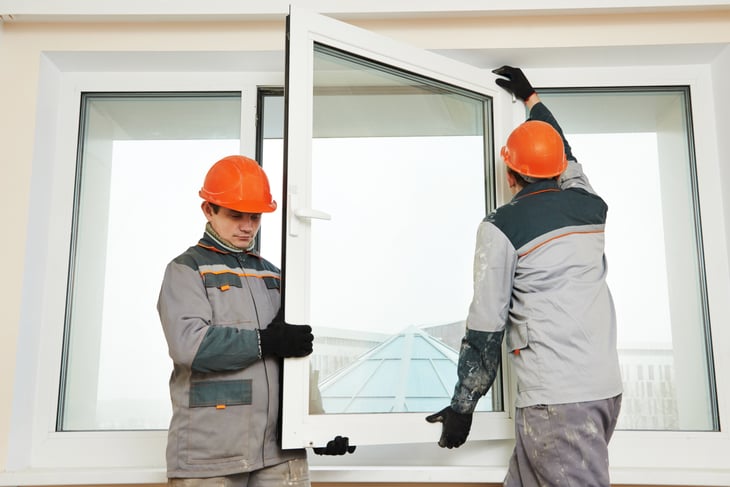
State and utility programs around the country continue helping homeowners beef up the seal on their home envelopes with new, efficient windows and storm windows.
For example, customers of the Tennessee Valley Authority (TVA), a federal public power corporation serving most of Tennessee and parts of Alabama, Mississippi, Kentucky, Virginia, North Carolina, and Georgia, can claim rebates of $25 per window (maximum $500 per home) to replace older windows with new, Energy-Star-qualified windows.
Also, TVA customers can add Energy Star-qualified storm windows to single-pane windows, scoring rebates of $12.50 per window. The rebates are part of the TVA’s Energy Right Solutions program. Customers may need to use a TVA-approved installer, among other requirements.
Here’s how find more rebates for window and door upgrades in your area:
- Check the Efficient Windows Collaborative’s list of programs (scroll far down the page to find programs by state, highlighted in red).
- Search the DSIRE website.
- Insert your ZIP code into Energy Star’s rebate finder for rebates on windows, doors and other home improvements.
5. Local incentives for installing home solar
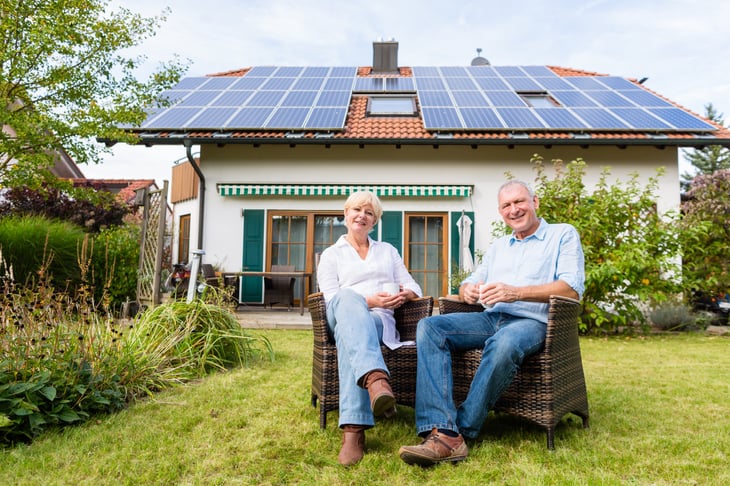
Numerous local government and utility programs help homeowners purchase and install solar arrays to capture sunshine and savings on home energy.
For example, in San Antonio, Texas, where residents buy natural gas and electricity from CPS Energy, the nation’s largest city-owned energy company, the company offers rebates for up to 50 percent on the cost of a solar installation. Rebates are assigned to three tiers (by output) of projects. A maximum of $25,000 per residential account can be claimed each year. (The FAQs are here.)
Also, search the DSIRE database for local and state tax credits to help you install your own home solar.
6. Federal incentives for installing home solar
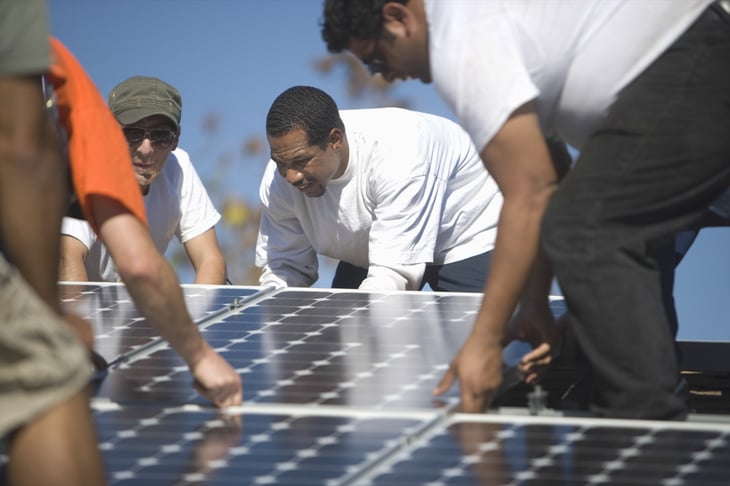
Despite the sunset of many federal incentives at the end of 2016, one program remains: The Residential Renewable Energy Tax Credit, which homeowners can use to install home solar systems.
Don’t wait too long, though. The credit will be gradually phased out and then expire. You can receive a tax credit on your federal taxes for eligible purchases worth:
- 30 percent of a system’s cost for those placed in service by Dec. 31, 2019
- 26 percent for those placed in service during tax year 2020
- 22 percent for those placed in service during tax year 2021
The tax credit expires Dec. 31, 2021. Both new and existing homes are eligible, as are primary residences and second homes (but not rental properties). Learn more at the Energy Star site.
You may be able to combine federal and state or local solar incentives so be sure to ask local programs how to piggyback.
7. Incentives for home heat pumps
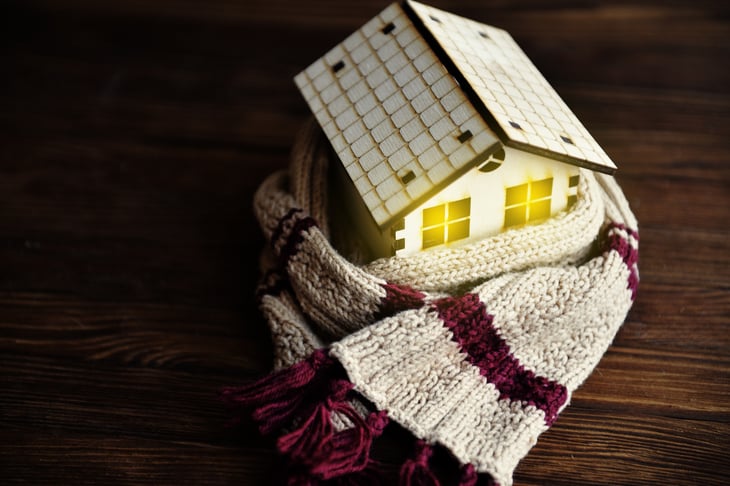
A heat pump can reduce a home’s heating or cooling bills to as little as a quarter of the current costs, according to the U.S. Department of Energy (DOE).
DSIRE’s database reveals nearly 400 rebates available from utilities and states that help consumers with the cost of purchasing and installing home heat pumps.
A heat pump, like a refrigerator, uses electricity to transfer heat from a cool space to a warm one, making a warm area warmer and a cool area cooler. According to the DOE:
For climates with moderate heating and cooling needs, heat pumps offer an energy-efficient alternative to furnaces and air conditioners. … During the heating season, heat pumps move heat from the cool outdoors into your warm house and during the cooling season, heat pumps move heat from your cool house into the warm outdoors.
8. Loans and rebates for weatherizing
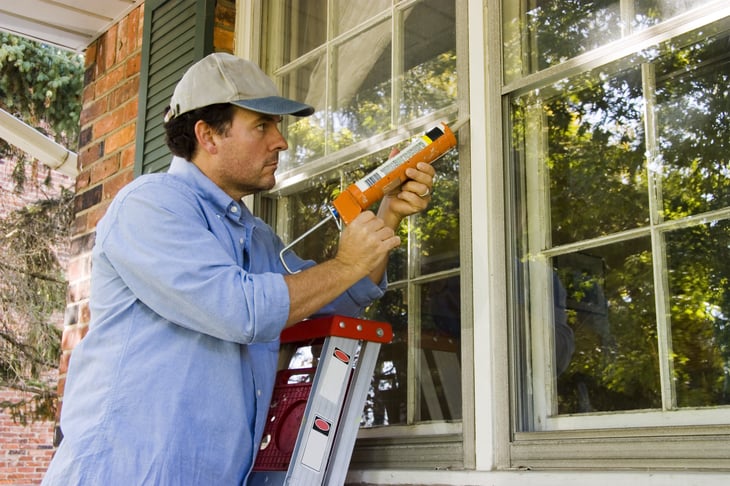
You can still get help in many areas with weatherization efforts such as plugging air leaks and improving your home’s weather tightness and efficiency. Do a ZIP code search at the DSIRE site for incentives available where you live.
Example: Rebates of up to $2,000 are offered by Efficiency Vermont to help with weatherization. The state utility describes how the program works:
First, a participating contractor assesses your home. If desired, the assessment includes a comprehensive report that outlines where your house is losing energy. Then the contractor recommends a prioritized plan of improvements, and you choose the ones you’d like to make. Once work is completed, you can receive rebates of up to $2,000.
Low-income families around the U.S. can get help with weatherizing from the federal Weatherization Assistance Program. It is funded by Department of Energy grants to states, territories, and some Indian tribes. This program has been running since 1976.
What energy- and money-saving initiatives have you taken for your home? Share with us in comments below or on our Facebook page.




Add a Comment
Our Policy: We welcome relevant and respectful comments in order to foster healthy and informative discussions. All other comments may be removed. Comments with links are automatically held for moderation.